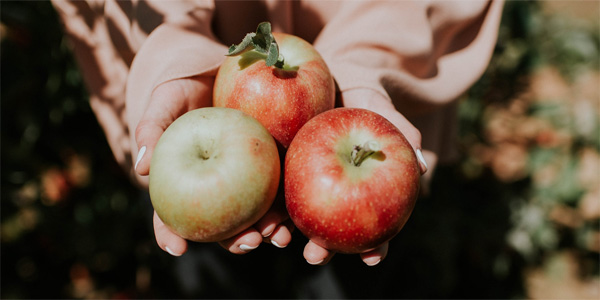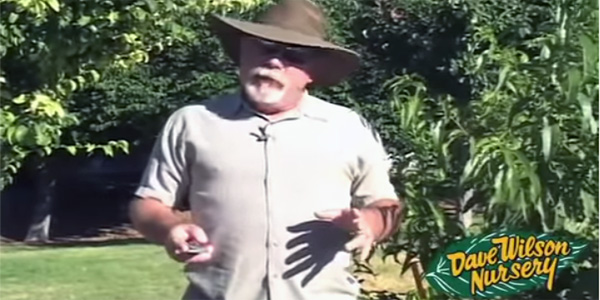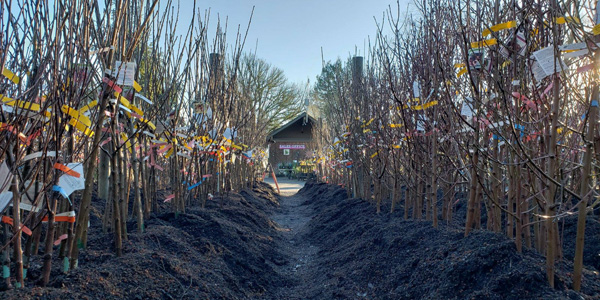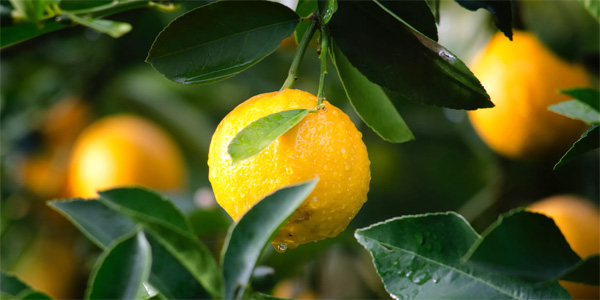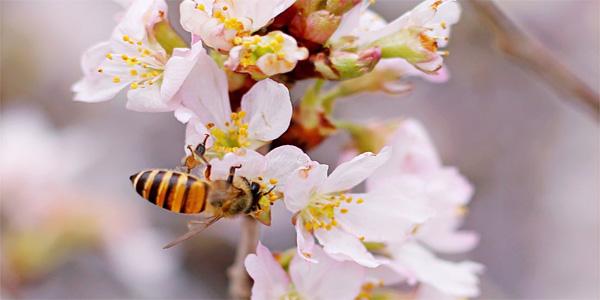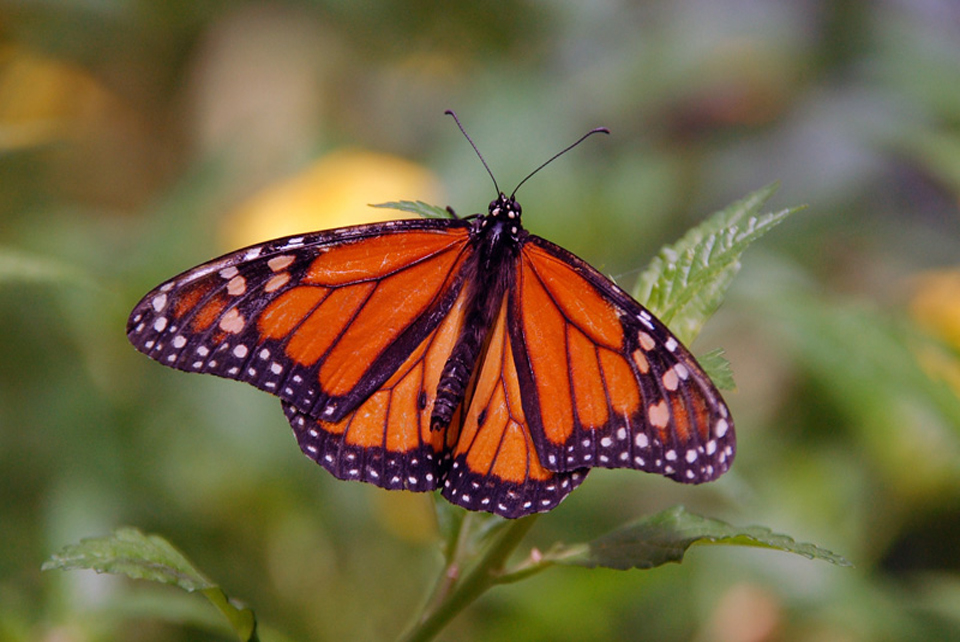Creating a Butterfly garden can be a satisfying way to help restore habitat, and enhance the garden by adding another dimension: the movement of color and form. Our seemingly innate love of butterflies extends to children, making a butterfly garden the perfect place to learn about nature and preservation.
The most celebrated Bay Area butterfly is the Monarch, though there are at least 30 different species found here, including the Pipevine Swallowtail, Red Admiral, Tiger Swallowtail, and Common Buckeye.
Butterflies will be drawn to flowering plants that produce nectar – their sole source of food as adults. These plants are the first to come to mind for those hoping to attract the insects to their yard, however there are other plants that play host to the butterflies while they are in other forms; egg, caterpillar or chrysalis. These plants are chosen as a location for the adults to lay eggs, and will become the primary food source of the caterpillar once hatched. True in the case of Monarchs, their offspring eat the toxic milk weed they are hatched on and acquire the same toxicity. This acquired defense offers protection to the caterpillar from predators.
Creating your own butterfly garden
Over the counter products designed to kill unwanted insects will also take out the desirable or friendly insects like bees and butterflies. Be aware of the contents of anything you spray or apply to your plants, particularly “imidacloprid” as this can be very harmful to beneficial insects. Ingredients like “spinosad” won’t have any lingering effects but will still take out any soft-bodies insect it touches.
It’s not hard to attract butterflies. Many of the flowering plants you select for your garden because of their interesting colors or textures will also offer the nectar that butterflies seek. Achillea, Agapanthus, Buddleia, Ceanothus, Coreopsis, Delphinium, Erigeron, Gaillardia, Penstemon, Salvia, Spiraea, Syringa and Verbena are just some of the many plants you can pick from depending on the style of your outdoor space.
Keeping butterflies in your garden is a little more complicated. Start by identifying what types of butterflies you want to support, and provide the specific host plant or plants for them. For instance, milkweed (Asclepias) is the only host plant for the Monarch butterfly, while Dutchman’s Pipevine (Aristolochia) is the sole host plant for the Blue Swallowtail.
How to attract butterflies
Many of the best host plants are weeds, or weedy in nature, and may not be desirable in the formal garden. Finding an “out of the way” place on the property where those weedy plants can be left undisturbed or even encouraged will greatly increase the butterfly activity in your garden. In addition, they are drawn to damp patches of earth and mud that they can drink and absorb desirable minerals.
For more information on local butterfly gardens or for inspiration, check out Hallberg Butterfly Gardens in Sebastopol.


